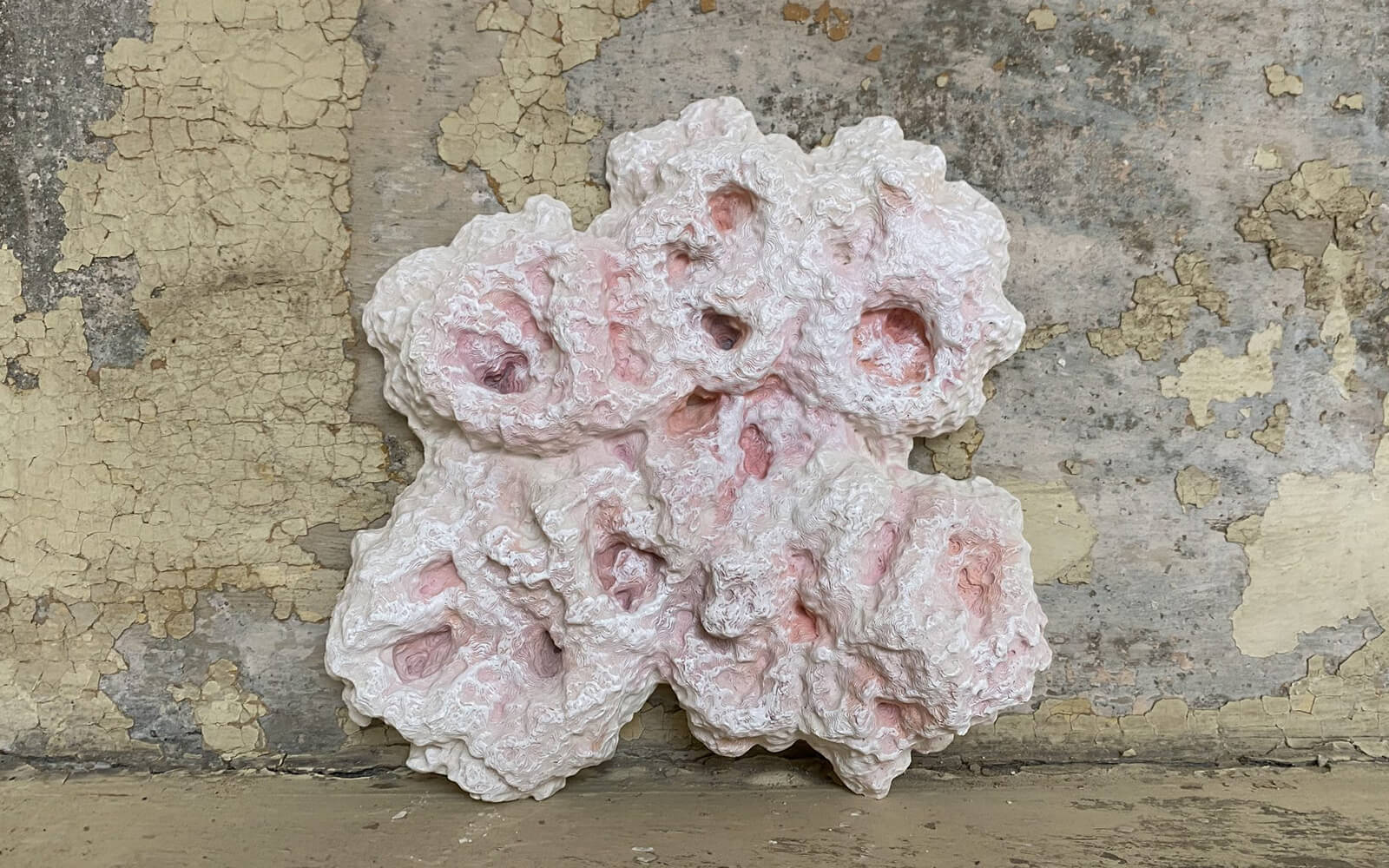1,570 days, 2,407 entries ...
Newsticker, link list, time machine: HOLO.mg/stream logs emerging trajectories in art, science, technology, and culture––every day
“Plants are already extremely efficient carbon fixing machines, resulting from millions of years of evolution, so I still remain to be convinced that CRISPR can do much to improve carbon sequestration at the scale we need.”
“We expect that our decision will encourage other developers to bring animal biotechnology products forward for the FDA’s risk determination, paving the way for [genome-edited] animals to more efficiently reach the marketplace.”
Collaborating with microbiologists at the University of Natural Resources and Life Sciences Vienna (AT), bioartists Anna Dumitriu and Alex May premiere Fermenting Futures at the 15th International Congress on Yeasts. The work explores a Pichia pastoris yeast that Dumitriu and May CRISPR-modified to capture carbon and output lactic acid for the creation of biodegradable plastic. The project aims to highlight the potential of yeast—“the workhorse of biotechnology”—and is scheduled for several major exhibitions in 2022.

“Although it felt a little creepy engineering a drug-resistant strain of E. coli in my kitchen, there was also a sense of achievement, so much so that I decided to move on to the second project in the kit: inserting a jellyfish gene into yeast in order to make it glow.”
“What you’re offering by [encoding digital data as DNA] inside the cell is the machinery the cell has to protect its DNA.”
To dive deeper into Stream, please or become a .
Daily discoveries at the nexus of art, science, technology, and culture: Get full access by becoming a HOLO Reader!
- Perspective: research, long-form analysis, and critical commentary
- Encounters: in-depth artist profiles and studio visits of pioneers and key innovators
- Stream: a timeline and news archive with 1,200+ entries and counting
- Edition: HOLO’s annual collector’s edition that captures the calendar year in print
